Because the British seaside is such a particular experience, composed of familiar, archetypal elements which largely repeat across the coastline, we tend to think of those elements as typically British. There is something in this – the British did invent the idea of the seaside holiday, or rather reinvent it, some 2,000 years after the Romans. The habit emerged in the mid 18th century, with bathing, salty water, sea air and loafing on the beach promoted as healthy antidotes to the stresses of city life. Royal patronage accelerated its popularity during the Regency period and the coming of the railways in the 1840s made the seaside affordable and accessible. So, in a way, the whole paraphernalia of the beachfront holiday, from piers to deckchairs, really is a British phenomenon.
The beach hut fits right in to that narrative of Britishness. Part garden shed, part sentry box and part Punch-and-Judy tent, these eccentric little shelters – with their candy colours and pitched roofs – have a twee, toy-like quality. They are also an implicit admission that the weather at the British seaside is often, well, appalling. But the most British thing of all is their commodification: the elevation of seaside tat as a symbol of the nation’s obsession with home ownership, second homes and property prices. One hut on Mudeford Sandbank, on the south coast, recently went for an eye-watering £330,000. Even the Queen had a beach hut, at Holkham, a few miles from Sandringham. It had apparently been a favourite retreat of the Queen Mother, who used to take her corgis to the beach. But it burnt down in 2003, in a suspected case of arson. I’m surprised the story hasn’t been made into a film.

Photo: Hulton Archive/Getty Images
The history of the beach hut is not enormously well documented and, because the huts themselves don’t last too long in the salty air, most examples are only a few years old, or decades at most. Like that of historic Japanese houses their value lies not in the material (fragile wood and paper which is always being replaced) but in their shape and presence, which abide through generations. They are like ghosts, reincarnations of form. But we know something of their origins, in the devices known as bathing machines, which were popular with women who would get changed inside and then be wheeled out into the sea and step right in, and in vernacular fishing huts. The wheels were taken off some of the Regency beaching machines and they were parked on the beach. Fishing huts, meanwhile, were appropriated as old fishing villages were upgraded to resorts. Initially the two types of huts could be found side by side – the same carpenters (or the fishermen themselves) would build the cabins, sheds and net-drying houses and, possibly, the boats.
Beach huts reached their apotheosis in the Victorian era when seaside towns began to explode in size and councils spent fortunes building promenades, flower gardens, seaside shelters, bandstands, piers and theatres. They were a kind of domesticating element on the beachfront, counterbalanced against the hypertrophying municipal seaside architecture. In the decades that followed they slid in and out of fashion, notably during the package holiday boom of the 1960s and ’70s, which saw English tourists almost abandon their native shores for warmer climes, but they never went away. As with allotments there was always a constituency, often perhaps a little older than before. And just as with allotments, there were waiting lists. Their scarcity made them, then and now, an increasingly desirable commodity.
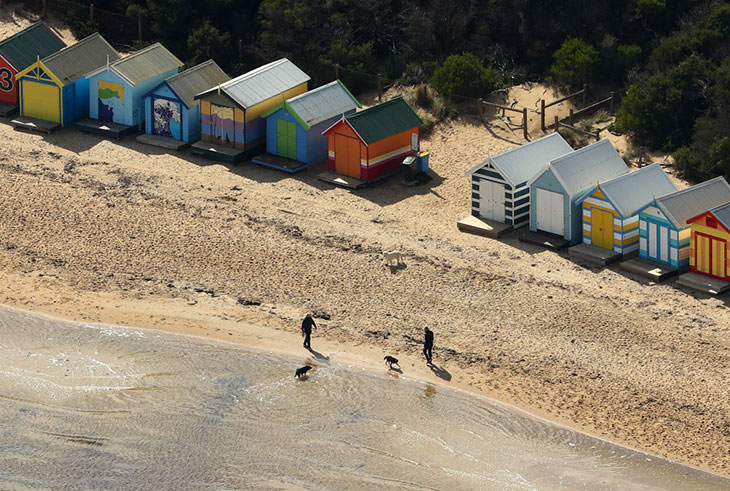
Brighton Beach, Melbourne (photographed in 2020). Photo: Robert Cianflone/Getty Images
In its heyday the popularity of the beach hut spread across Europe and beyond, the little shelters travelling from Brighton Beach to its Australian namesake in a suburb of Melbourne. Think of the huts on the Lido in Visconti’s Death in Venice (1971) or the row of little sheds on the French Atlantic coast in Jacques Tati’s Monsieur Hulot’s Holiday (1953). When I was studying architecture, beach huts would crop up as postmodern archetypes, most notably in the work of Aldo Rossi. The Italian architect sketched them incessantly, his childhood holiday memories impinging on designs for theatres and whole sections of cities – sometimes as fantasias, occasionally realised. It was as if De Chirico had discovered the beach hut. They cheered things up and introduced a dreamy touch of the surreal into Rossi’s otherwise rational, even austere architecture.
It must surely be that cocktail of nostalgia and the lazy seaside daydream which has made beach huts such an enduring presence in art, too. Tracey Emin’s The Last Thing I Said Was Don’t Leave Me Here consisted of a blue-painted shed she bought with fellow artist Sarah Lucas in 1992 and then sold to Charles Saatchi for £75,000. Like the Queen’s hut it too was consumed by flames, in the devastating fire at an art-storage facility in Leyton in 2004. At this year’s Folkestone Triennial, meanwhile, a row of beach huts vividly painted with triangles of varied shades appears as an installation by Rana Begum. In the 2008 edition of the same festival, Richard Wilson’s installation of beach huts made from the concrete slabs of a crazy-golf course wittily bastardised these two seaside typologies. Pablo Bronstein’s Nicholas Hawksmoor-inspired beach hut was an even weirder mash-up in 2014: a solid base complete with pediment and pilasters, with a strange cylindrical tower. And of course, the beach hut is very much present in the slightly patronising but arresting work of Martin Parr, furnishing the backdrop to beaches crowded with sunburnt Brits.
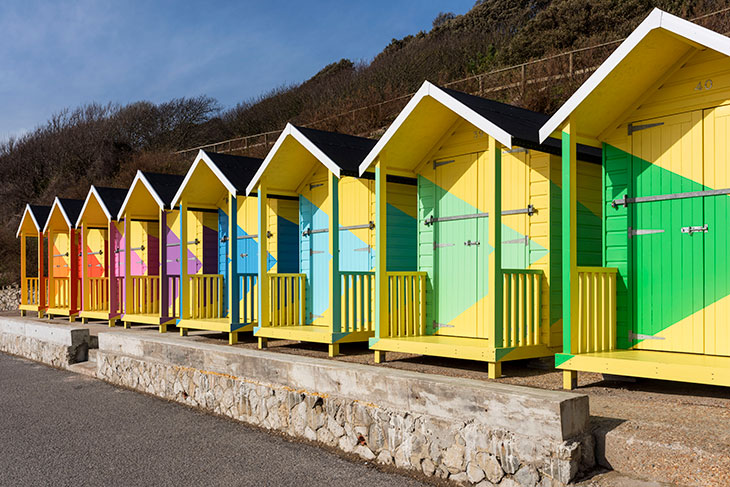
No.1054 Arpeggio (2021), Rana Begum. Installation view on Mermaids Beach at the Creative Folkestone Triennial 2021. Photo: Thierry Bal
But perhaps more than anywhere else beach huts are insistently present in bad art. This is the default genre of the second-rate seaside let on Airbnb – in the kitchen, in the toilet, on the front-room wall. Heavily filtered photos with too-bright tones, naive paintings, pastel-coloured posters: beach-hut art is the staple of people who don’t really like art but think the walls look a little naked without it.
It is quite a cultural status to have acquired for a painted shed with no facilities. But then this sparse simplicity may go some way to explaining the beach hut’s hold on the popular imagination. Architects in the Enlightenment wrote treatises and studies speculating what the first, most primitive architecture might have been. The consensus was a wooden hut in the forest with a little pitched roof. Not unlike a beach hut, then. A place of retreat and shelter, but not luxury. Not a machine to live in (not, in fact, a machine you can even lie down in) but an anchor to a small piece of the land, which belongs to you.
Unlimited access from just $16 every 3 months
Subscribe to get unlimited and exclusive access to the top art stories, interviews and exhibition reviews.

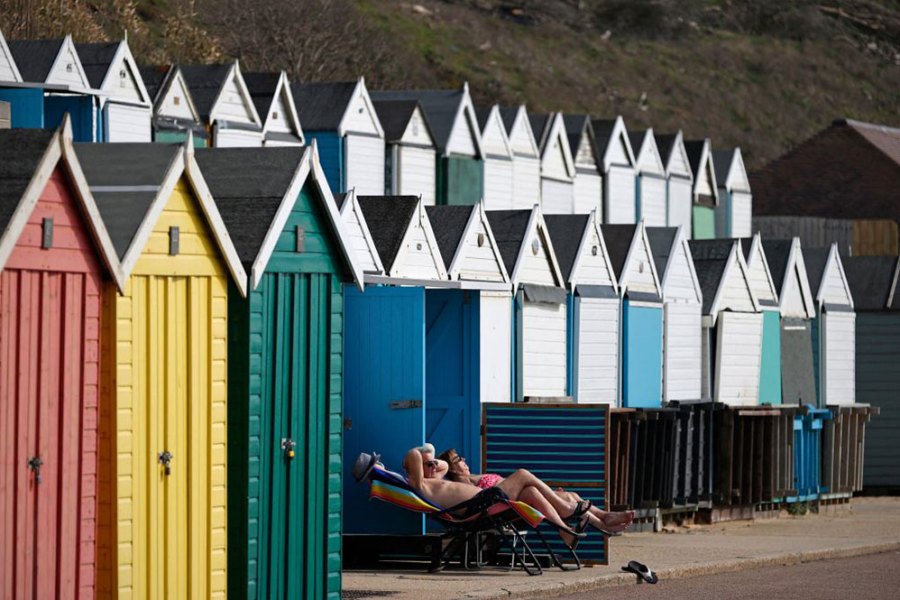
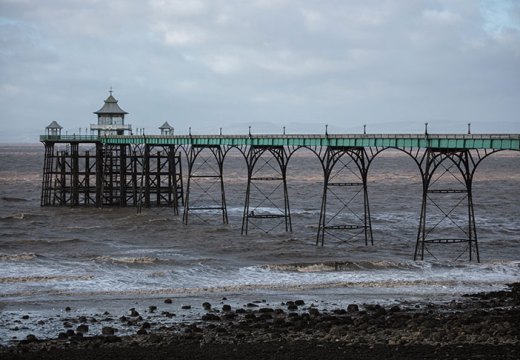
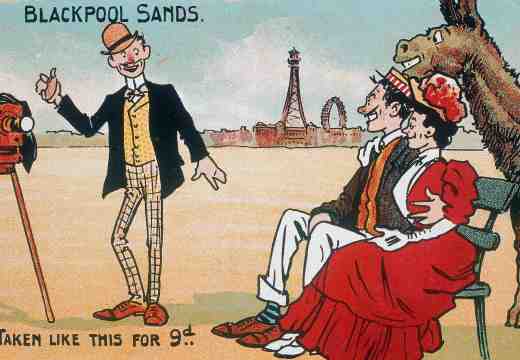
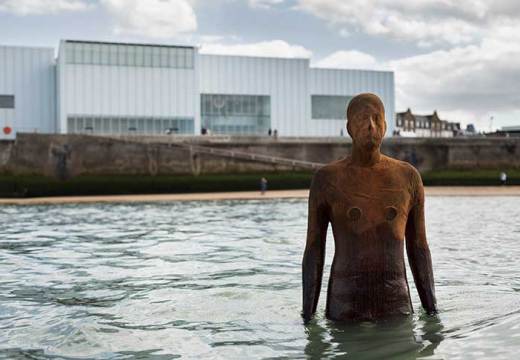









![Masterpiece [Re]discovery 2022. Photo: Ben Fisher Photography, courtesy of Masterpiece London](http://www.apollo-magazine.com/wp-content/uploads/2022/07/MPL2022_4263.jpg)
Why are fathers so absent from art history?